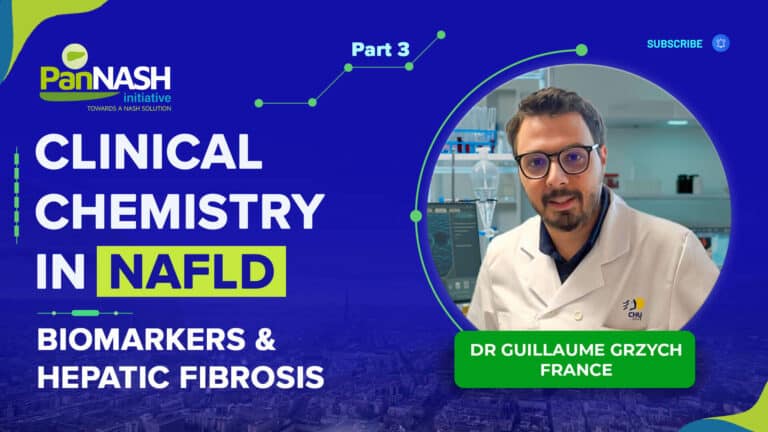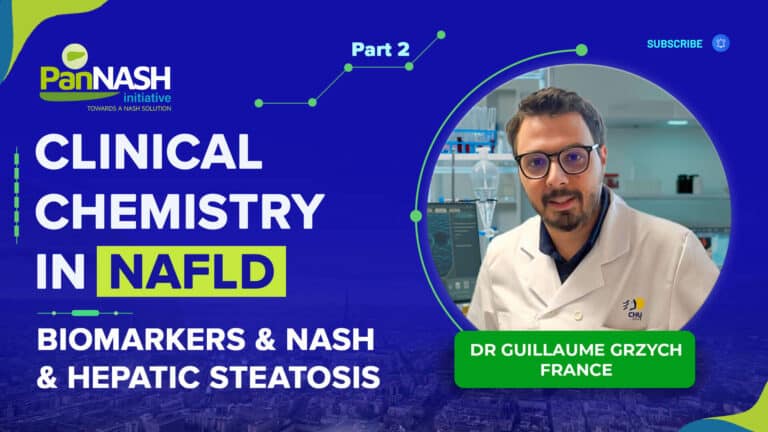Liver sinusoidal endothelial cells are very specific cells located in a specific place in the liver. They are located at the interface between the blood derived from key organs in NASH development such as blood derived from the pancreas, from the gut and from the adipose tissue, and on the other side with other key cells in NASH (non-alcoholic steatohepatitis) meaning hepatocytes, hepatic cells and acuper cells.
Role of endothelial cells & NASH progression
The role of endothelial cells in NAFLD (non-alcoholic fatty liver disease) development starts very early in the course of the disease. At the early stages, when it’s just steatosis, endothelial cells change their phenotype and they lose the fenestrae they normally have and this loss of fenestrae favors steatosis first and also is associated with a loss of the ability for endothelial cells to prevent fibrosis, meaning they favor fibrosis in some way. The other thing that happens very early in the course of the disease is what is called Endothelial Dysfunction, meaning that the fact that they lose their ability to release nitric oxide and this favors steatosis. When NASH progresses, endothelial cells also play a key role. It is of use that endothelial cells favor inflammation because they express additional molecules at that surface and these are loaded additions of the inflammatory cell to endothelial cells and transmigration into the tissue and they also release mediators able to attract inflammatory cells. Secondly, endothelial cells play a key role in liver angiogenesis associated with NASH and it has been well demonstrated that angiogenesis favors fibrosis which is key to NASH development. Lastly, at the late stages of NASH endothelial cells also favor hepatocellular carcinoma development.
For clinicians
It has been recently shown that endothelial cells release molecules that are able to favor proliferation of Hepatocytes and therefore hepatocellular carcinoma. In conclusion, you can say that endothelial cells play a key role from early stages to very advanced stages of cirrhosis and hepatocellular carcinoma.




